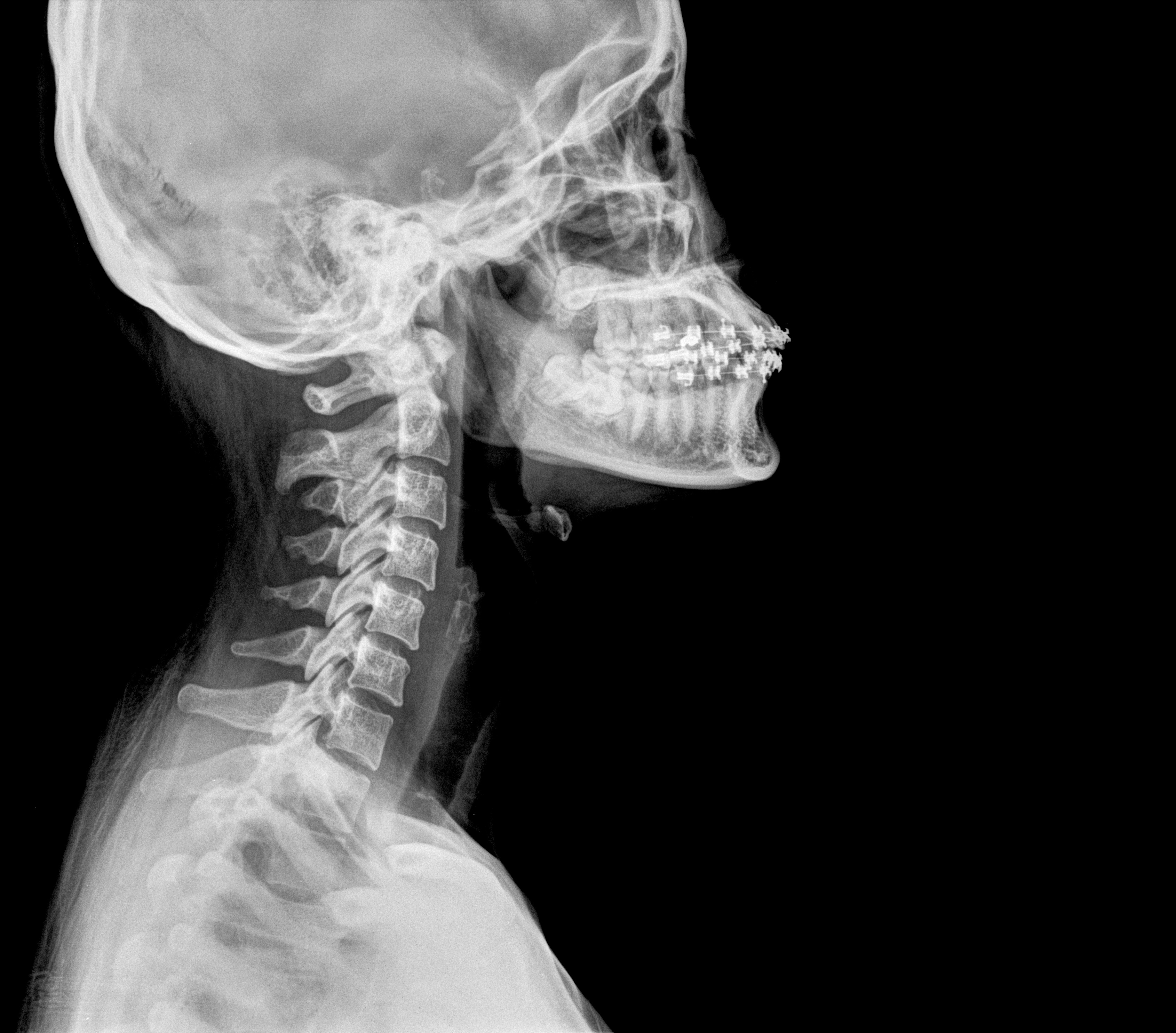A study published in the Journal of Physical Therapy Science revealed that fibromyalgia syndrome is not linked to a higher incidence of cervical disc herniation in patients. The study was conducted by researchers at Bezmialem Vakif University and Trabzon State Hospital in Turkey and is entitled “Concomitance of fibromyalgia syndrome and cervical disc herniation.”
Fibromyalgia or fibromyalgia syndrome is a medical disorder characterized by a set of symptoms that includes widespread chronic musculoskeletal pain, incapacitating fatigue, stiffness and numbness in certain parts of the body, painful response to pressure, headaches, sleep disorder, anxiety or depression and mood alterations. Fibromyalgia can affect people’s ability to conduct simple daily tasks, compromising their quality of life. Women are more affected by this disorder than men.
Cervical disc herniation refers to a medical condition in which the discs that serve as a cushion for the vertebrae in the spine become damaged due to wear and tear or from an injury to the spine. The damaged disc can bulge abnormally or even rupture causing pain, numbness or weakness in the cervical spine (neck, shoulders, chest, arms and hands).
Fibromyalgia syndrome and cervical disc herniation have some symptoms in common, which can be misleading in terms of diagnosis. On the other hand, there are also reports of patients who suffer from both conditions. In this study, researchers wanted to determine whether fibromyalgia could be a risk factor for cervical disc herniation and to assess the frequency of a concomitant occurrence.
The team analyzed the presence of cervical disc hernia in 35 patients with fibromyalgia syndrome and in a control group of 22 healthy individuals without neck pain by performing magnetic resonance imaging (MRI) of the cervical region.
Researchers found that 6 out of the 35 fibromyalgia patients (17.1%) had cervical disc herniation, while 4 cases were found in the control group (18%).
The research team concluded that in the cohort analyzed, there was no difference in the incidence of cervical disc herniation between patients with fibromyalgia syndrome and healthy individuals from the general population. The team, however, suggests that clinicians should not rule out the concomitant presence of cervical disc herniation in patients with fibromyalgia and that a proper physical examination should be performed.

